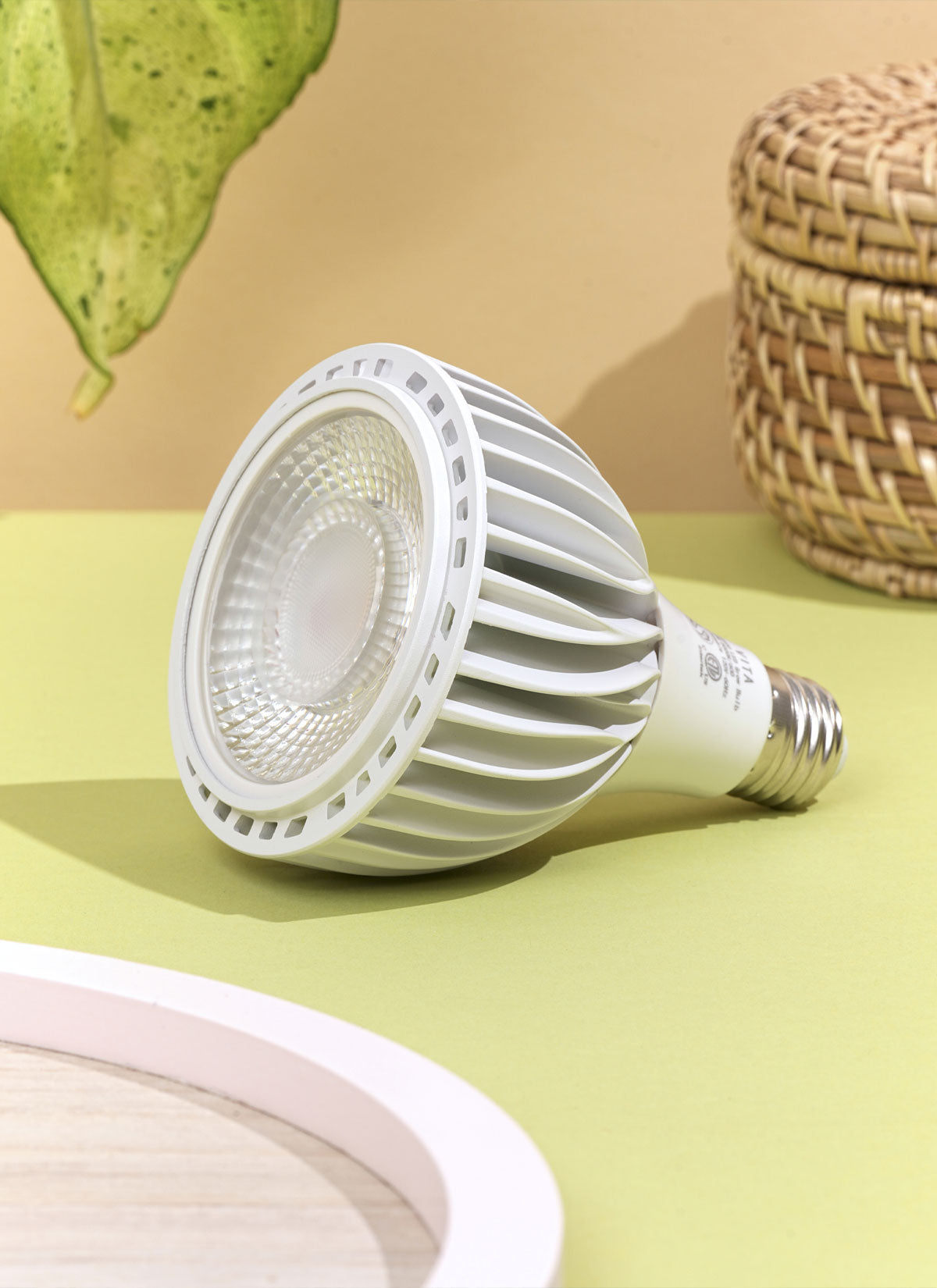Light Requirement: Medium Light (Medium Indirect Light) to High Light (Bright Indirect Light); Low Light Tolerant
Calathea Orbifolia plants prefer bright, indirect light. It is best to avoid direct sunlight as it can damage the leaves. A good location for this plant is near a north or east-facing window, where it can receive bright, filtered light for several hours a day. You can also place your calathea near south or west-facing windows, but be sure to leave some distance between the plant and the window. If the light is too low, the leaves may lose their variegation and become dull. On the other hand, if the light is too strong, the leaves may burn or curl up. It's important to strike a balance between light and shade, and to adjust the plant's position accordingly if it's not receiving enough or too much light.




















